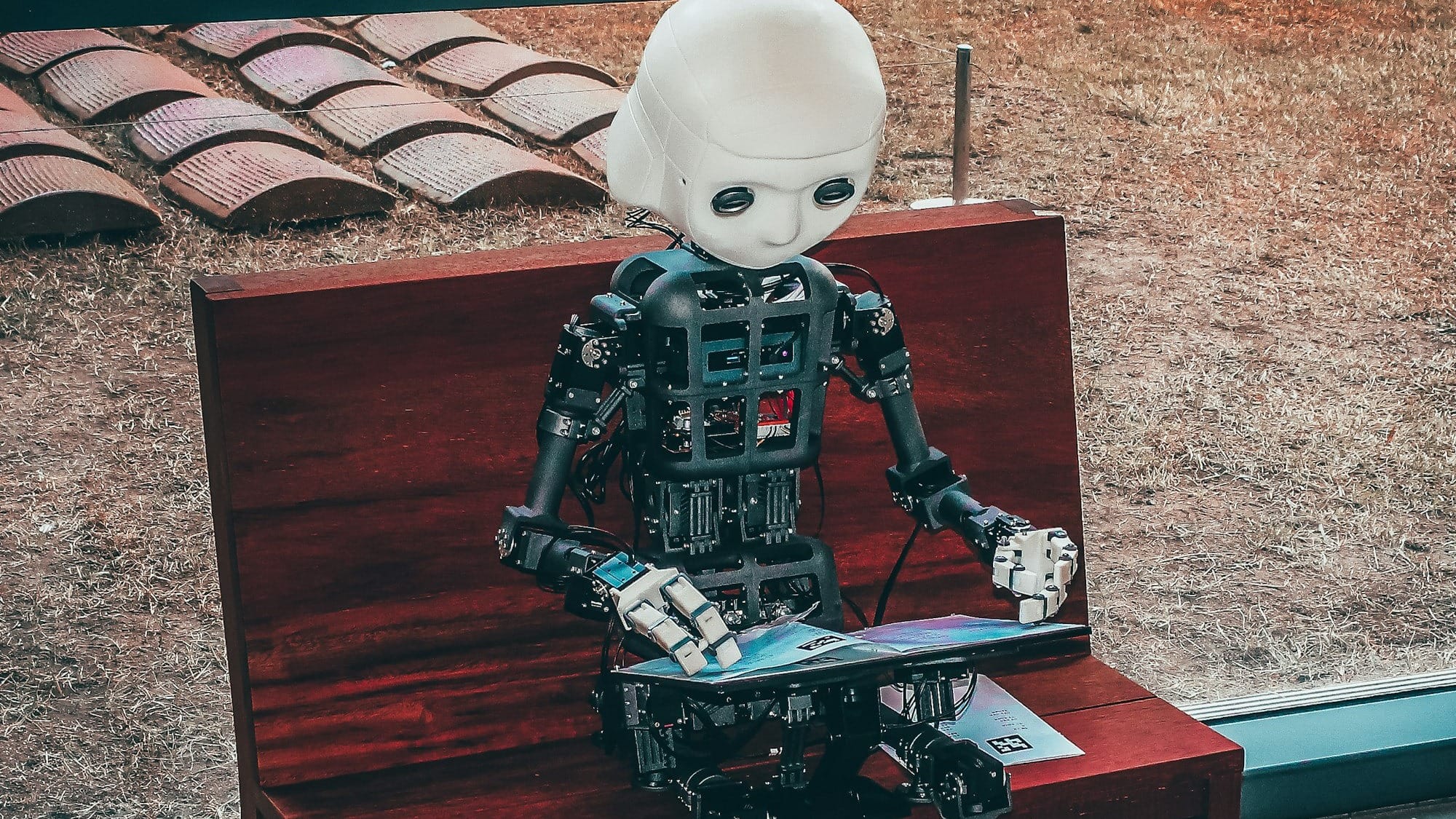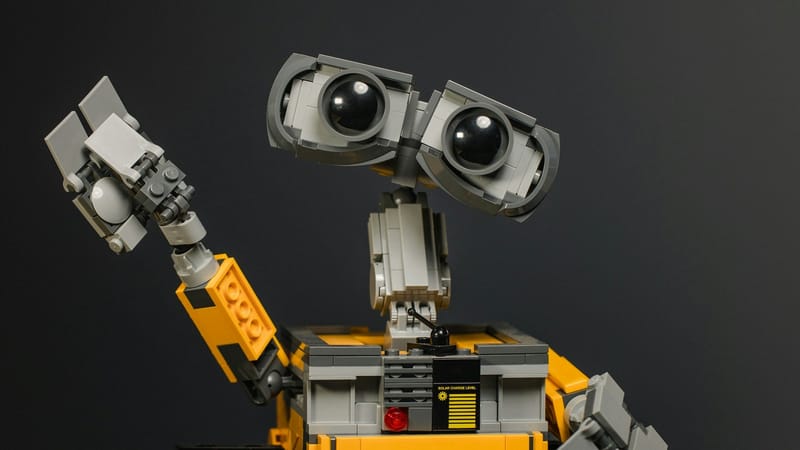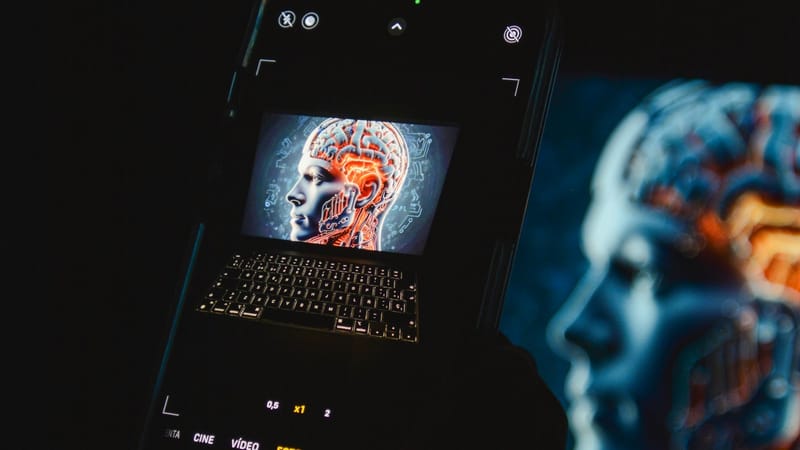AI Ate My Homework (and My Job, My Lawyer, and Half the Internet)
AI News Roundup: The State of Artificial Intelligence, October 25
The AI landscape is evolving faster than most industries can keep up. Tech giants are pouring record sums into infrastructure, governments are scrambling to write new rules, and the rest of us are just trying to figure out which news anchors and emails are still written by people. Here’s where things stand as of late October 2025.
Tech Giants Race for AI Dominance
Big tech companies are in an unprecedented spending race for AI infrastructure. OpenAI, Oracle, and SoftBank are joining forces on a $400 billion plan called Project Stargate to build five massive data centers across the United States. The facilities will house next-generation AI supercomputers designed to handle model training on a planetary scale.
Not to be outdone, Google increased its 2025 AI and cloud infrastructure spending by another $10 billion, bringing its total to roughly $85 billion for the year. Analysts predict that hyperscaler AI spending could reach half a trillion dollars annually by 2026.
OpenAI Expands to the Mac Ecosystem
OpenAI has acquired Software Applications Inc., the company behind “Sky,” an AI-powered natural language interface for Mac. Sky allows users to control their desktop through voice and text commands and can “see” and act directly on-screen. The acquisition gives OpenAI a major foothold in Apple’s ecosystem, positioning it to compete with Google’s agentic AI tools in Chrome.
Google AI Targets Cancer Research
Google DeepMind unveiled DeepSomatic, a new AI model designed to identify the genetic drivers of cancer with greater precision. The model aims to improve personalized treatment plans by spotting mutations that current diagnostic methods miss. Google says the technology could help oncologists better predict how patients respond to specific therapies, bringing AI deeper into clinical workflows.
Microsoft Pushes for AI Independence
Microsoft has rolled out its first in-house AI models, including MAI-Voice-1 and MAI-1-preview. These models are part of a strategy to lessen Microsoft’s dependence on OpenAI while retaining compatibility with its existing Copilot ecosystem. Executives say this shift will give the company more control over its research roadmap and cost structure as competition in AI model development heats up.
Governments Push AI Governance and Ethics
The UK has published a new AI regulation blueprint that emphasizes “responsible innovation.” The plan introduces an AI Growth Lab, a regulatory sandbox that lets companies test AI tools under relaxed rules and supervision before full-scale release. The approach seeks to balance oversight with flexibility for startups and researchers.
On the global stage, Amba Kak of the AI Now Institute spoke at the UN General Assembly during the launch of the Global Dialogue on AI Governance. The World Health Organization also reaffirmed its role in promoting safe AI in healthcare.
While the European Union’s AI Act officially took effect earlier this year, the United States continues to favor a deregulated, innovation-first approach. The UK’s emerging partnership with OpenAI has drawn scrutiny from legal experts who warn that it lacks transparency and enforceable accountability measures.
Legal and Ethical Challenges Rise
A New York attorney was sanctioned after submitting court filings riddled with AI-generated factual errors, renewing debate over AI accountability in the legal field.
Meanwhile, researchers unveiled CAMIA, a new AI privacy attack capable of revealing data memorized by AI models during training. The method exposes major vulnerabilities in model design and could reshape how companies handle proprietary datasets.
In the world of publishing, an investigation by The Atlantic found that 82 percent of herbal remedy books on Amazon were likely generated by AI. Critics say this points to a growing problem of quality dilution in digital marketplaces.
Cybersecurity experts are also warning of new threats, with generative AI now being used to design ransomware that adapts to victims’ systems in real time.
The Workplace and Society Are Shifting
A KPMG survey found that enterprise use of AI agents has quadrupled in 2025. At Citigroup, developers reportedly save 100,000 hours of work each week using automated systems.
The employment debate remains heated. One CEO predicted that AI could replace half of all U.S. white-collar jobs, while Stanford University research found that younger workers face the greatest disruption in entry-level and clerical roles. On the flip side, new roles are emerging in AI enablement, where employees act as translators between business objectives and machine workflows.
Culturally, the rise of hyperrealistic content is creating new psychological side effects. Commentators have begun referring to AI psychosis, a phenomenon where people struggle to distinguish between real and AI-generated media. The term reflects growing unease with an internet where even authenticity can be synthetic.
The Bottom Line
AI in late 2025 is a paradox: more powerful, more pervasive, and less trusted than ever. Companies are spending hundreds of billions to build smarter machines while governments race to catch up with policies that make sense. For every breakthrough in medicine or infrastructure, there’s a new worry about privacy, employment, or the blurring of reality.
The throughline is clear. Scale alone isn’t the story anymore. What matters is how responsibly we build, regulate, and adapt to the intelligence we’ve unleashed.







